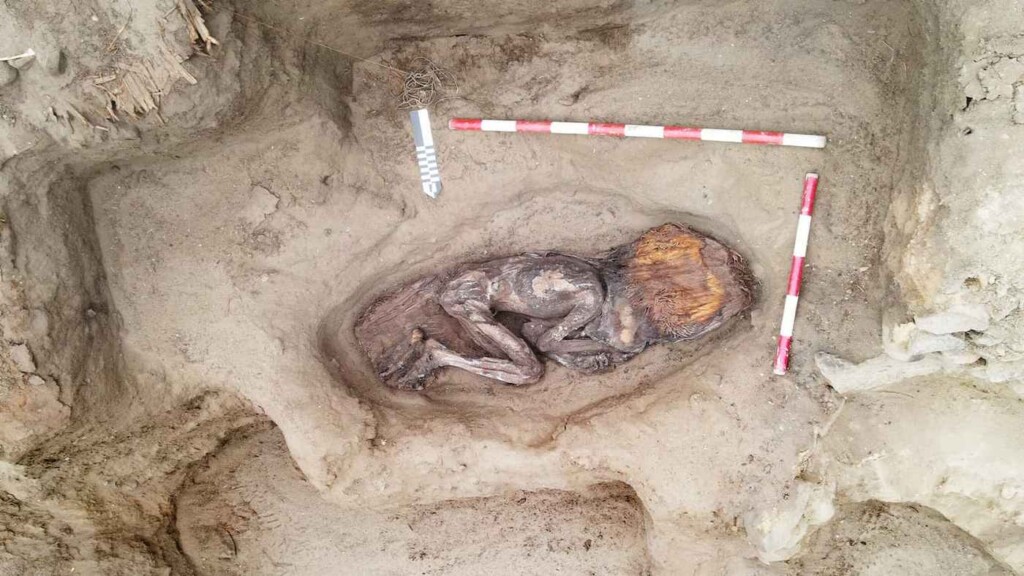 – credit, Ministry of Culture, released
– credit, Ministry of Culture, releasedA team of archaeologists has found the burial of an elite woman in Áspero, an ancient fishing city of the Caral civilization (3000-1800 BCE) located in the province of Barranca, near Lima.
She was between 20 and 35 years old when she died, and was entombed inside the building known as the Huaca de los Ídolos, one of three that sit atop a raised mound at the heart of the settlement.
The team was led by Ruth Shady Solís, who works for the Ministry of Culture in the permanent archaeological presence at the site. The woman offers a striking glimpse into the nature and customs of this pre-ceramic society.
When people think of the Pre-Colombian American civilizations, three names come to mind invariably: Aztec, Inca, and Maya. In full fact, the continents, both north and south, boast a number of others whose accomplishments, if less preserved or propagated by modern literature, were incredible.
To name a few, there are the Mississippians, the Olmec, and the Caral-Supe Civilization of Peru which despite being of such antiquity as to predate even pottery, produced incredible architectural works spanning dozens of acres using quarried stone and river cobbles.
The Caral-Supe, to which the buried woman belonged, are recognized as one of 6 societies that originated human civilization independent of contact with another, already civilized society.
According to a statement from the Ministry of Culture of Peru, the woman was buried with objects that suggest an elite status. The body was wrapped in various materials, such as cotton fabrics, reed mats, and a panel embroidered with macaw feathers, delicately arranged in a net, and one of the oldest examples of feather art in the Andes.
On top of her head they placed a headdress of fibers with bundles of wound threads which was preserved along with her hair and skin, offering the archaeologists the outline and ornament of a face not seen for 4,500 years.
This discovery joins other elite burials in Áspero: the “Lady of the Four Tupus” found in 2016 and located 3 meters to the north, and the “Elite Male” found between the women in 2019.
ALONG THE SAME LINES: Mystery of Nazca Lines Deepens as AI Survey Doubles Number of Geoglyphs and Alters Their Meaning
Due to their stratigraphic location, they would all correspond to the same period of occupation, and their grouping is similar to the later burials of nobles that were documented in the settlement of La Galgada, in Tablachaca, Ancash.
At the bottom of the burial, four reed baskets were filled with 30 sweet potatoes, weaving tools including an inlaid needle, and a selection of animal remains from the Amazon Basin’s creatures, such as a shell from an Amazonian snail and the beak of a toucan inlaid with green and brown beads.
ANCIENT AMERICAN HISTORY: Circular Stone Plaza Moves Up Start of Stone Age Construction in the Andes on Par with Stonehenge
With some items originating from the Amazon and others from the highlands, it suggests exchange networks maintained by the Caral-Supe with other regions.
The Áspero settlement, located 700 meters from the Pacific Ocean, is made up of 22 architectural complexes stretching more than 30 acres. It is recognized as a World Heritage Site by UNESCO.
SHARE This Incredible Discovery With Your Friends Who Love Amerindian Civilization…
Source link

